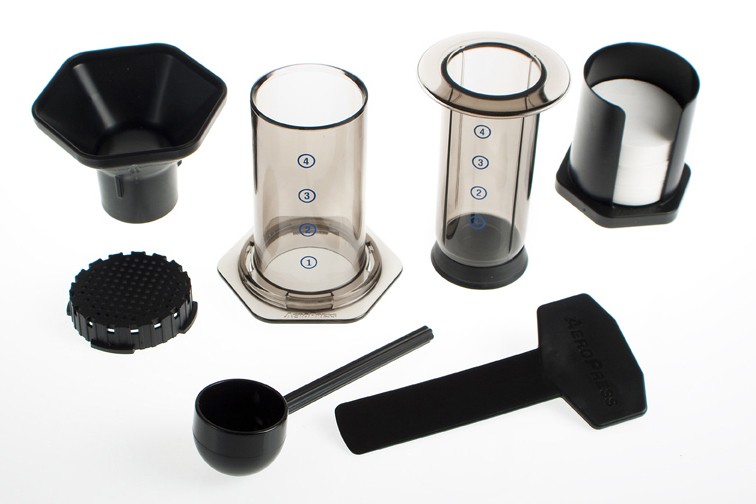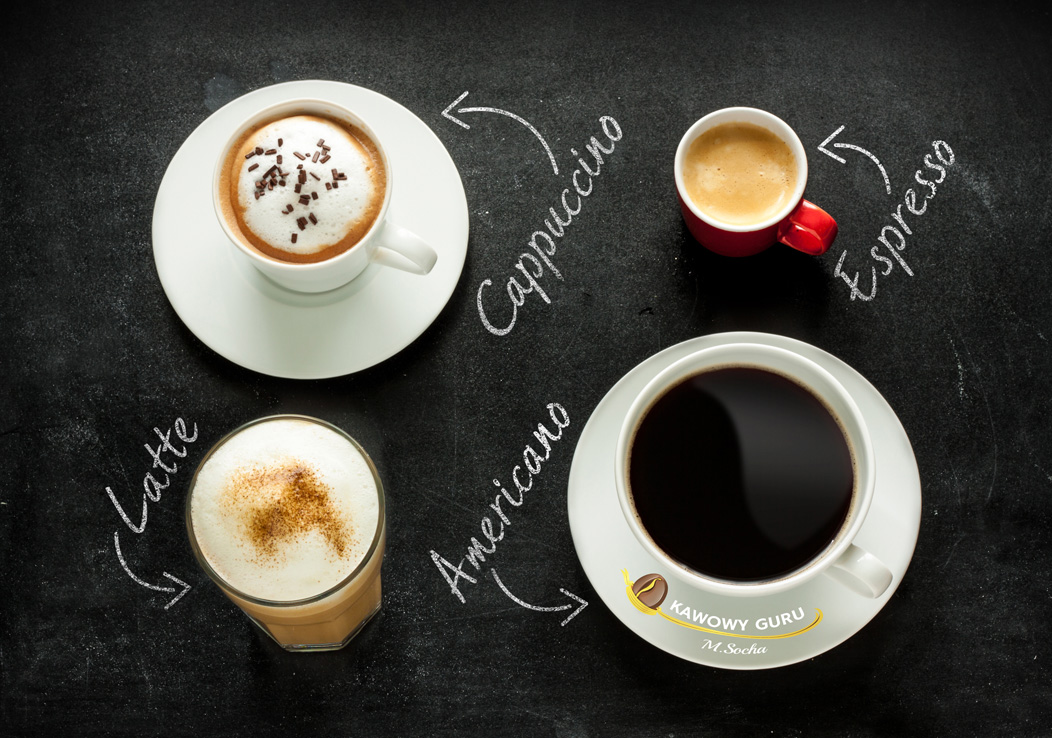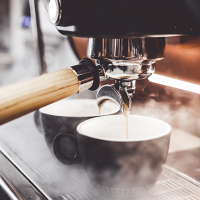AeroPress is a device I discovered almost half a year ago. I heard about it earlier, but I wasn’t convinced that such inconspicuous tool can make a good coffee. During that time I had a chance to talk with people who are very familiar with coffee and have access to excellent espresso machines (Polands former baristas champion and a manager of Polish department in a big sized company producing automatic espresso machines). In both cases when I asked “What coffee do you drink at home, sir?” I got the same answer: “At home? Recently, I’am using an AeroPress”. These answers convinced me to use an AeroPress. I thought that, if people who have access to espresso machines worth a few hundreds or thousands euros, use a device worth 20€ at home, there has to be something more to it.

I owe you a few explanations. What exactly is an AeroPress? It’s a very simple looking and easy to use coffee brewer invented in 2005 by an American named Alan Adler. It consists of a polycarbonate cylinder, ended with a detachable sieve where you put a paper filter on one side, and a gap for the piston with a rubber seal on the other side. In the photos you can see that it’s a really simple thing. And that simplicity is its biggest advantage. By using an AeroPress you can make a coffee quickly and without the need of some special skills (however, you can get better at it, there actually are world championships at making coffee in an AeroPress) and it’s a really good coffee!
Well then, let’s make a coffee! Besides AeroPress, we’ll of course need some coffee beans. We should grind them just before brewing – this will make them the most aromatic. I encourage all of you to buy a high quality coffee grinder. A good grinder should cost between 30€ and 50€ and the coffee will be much better (I will make a separate article about coffee grinders and coffee grinding soon).
First thing we need to do is to place the piston with a rubber seal in the cylinder. Seal should be moisted with water, so it will move more smoothly. So, now we have a cylinder closed on the one side. We put ground coffee inside. The coffee I used a was medium roasted Yirgacheffe from Ethiopia. Now, we pour our coffee with water heated up to 80°C and mix it. After a while we pour more water and mix it again. At this moment coffee is brewing, this process takes around 1 minute (here you can experiment, you can brew it longer or shorter; everyone has their own methods of making a coffee in an AeroPress, but keep in mind that coffee grinding level affects that time).
While the coffee is brewing we put the paper filter in the sieve and pour hot water through it – this will get rid of “papery” flavor. We mix our coffee for the last time and close the sieve with filter on top of it. Next we turn everything by 180° and put it on a cup or a glass. Now we slowly press the piston down the cylinder. Coffee is being pushed by the air inside (hence the name „AeroPress”) through the filter and our cup is being filled with black and aromatic coffee. When we hear a “hiss of air”, we stop pushing the piston down. All done! AeroPress can be easily cleaned. Just get rid of the coffee grounds left and paper filter, and clean detached elements with water.

AeroPress is called an „espresso maker” by its producer. Actually, the coffee we make with AeroPress won’t be the real classic espresso, because we can’t gain the same pressure as in espresso machines. Anyway, I can’t recall any better device for making black coffee. Even while making Caffè Americano using an espresso machine or while making a black coffee using a high quality automatic espresso machine, I didn’t end up getting a better coffee than the one made in AeroPress. The simplicity of an AeroPress, the ability to freely experiment with the amount of water, coffee and its grinding level let you make a coffee that will always fit your taste. I highly recommend using an AeroPress!









